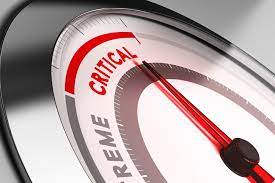Charter Commitment #5

Charter Commitment #5
Critical risk
A critical risk stems from an activity which if not adequately controlled could result in significant injury or fatality. The Safety Charter recognises many activities which could potentially cause significant harm, including working at heights, working with electricity, working in confined spaces, impairment, hot works, traffic management to name a few. All these activities involve energy transfers which have the potential to cause critical injuries.
The important thing to understand is that simply identifying the risk and telling workers “not to fall” or “not to burn themselves” is insufficient. The important thing is to be very mindful of the controls that are in place. Risk is variable and uncertain and depends on a lot of factors. You can, however, manage the controls that are in place for when something fails.
Start by asking your workers this simple question. I”f this job goes wrong, what could kill you, and what will stop you from dying?” Work should only be started once controls are all in place.
Organisation’s should assume that both workers and systems are not perfect and that mistakes will happen. The emphasis should be on controlling adverse events, not preventing them. Scaffolding on a site is not to prevent a fall, it is there to turn a 10m drop to a 1m drop if a worker does fall. Therefore, leaders need to validate the presence and effectiveness of critical risk controls. A high-risk activity is not high risk if sufficient controls are in place.